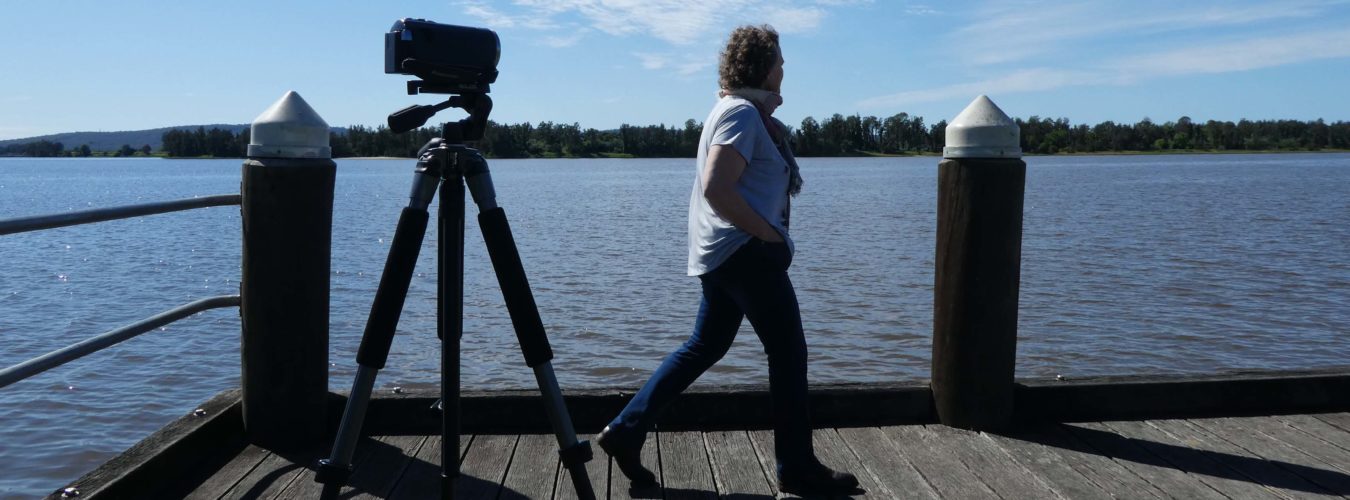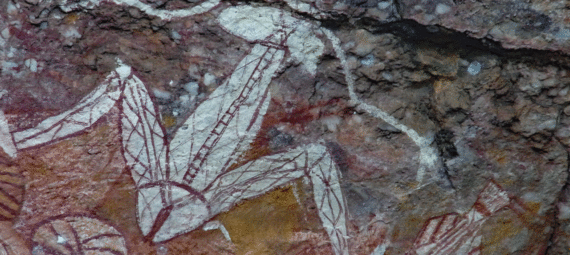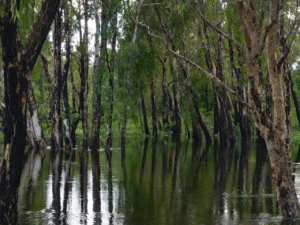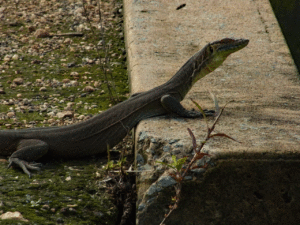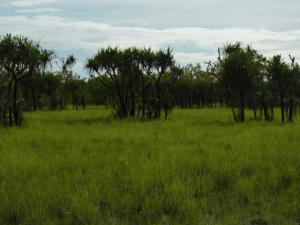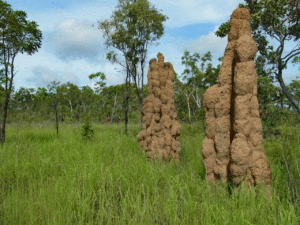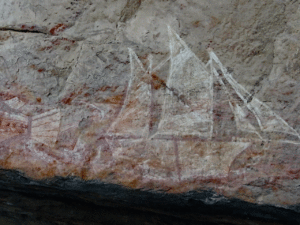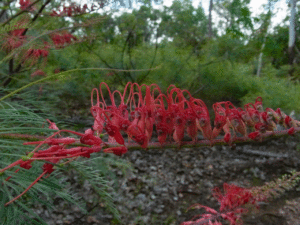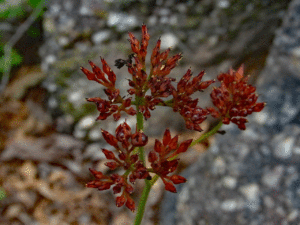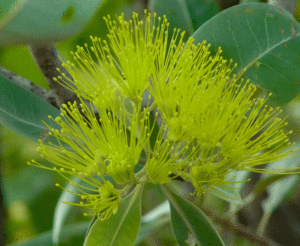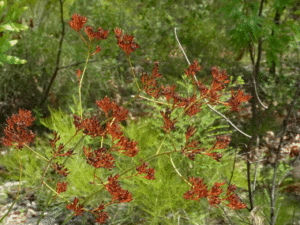It’s always after a few cold wintry New South Wales days that my thoughts turn to the Northern Territory and it’s beautiful Kakadu National Park. I watch the weather reports with envy, wishing I was in Darwin with its balmy daily temps in the 30s. Winter is a popular time up there – not surprisingly it’s peak tourist season. I’ve been up in the dry season, but the wet, wild and wonderful rainy season remains my favourite time to visit. The storms roll through in spectacular fashion, cracking lightning and bucketing rain. Followed by a period of relieving cool. The lushness of it all is amazing. Now is the perfect time to start planning your wet season visit.
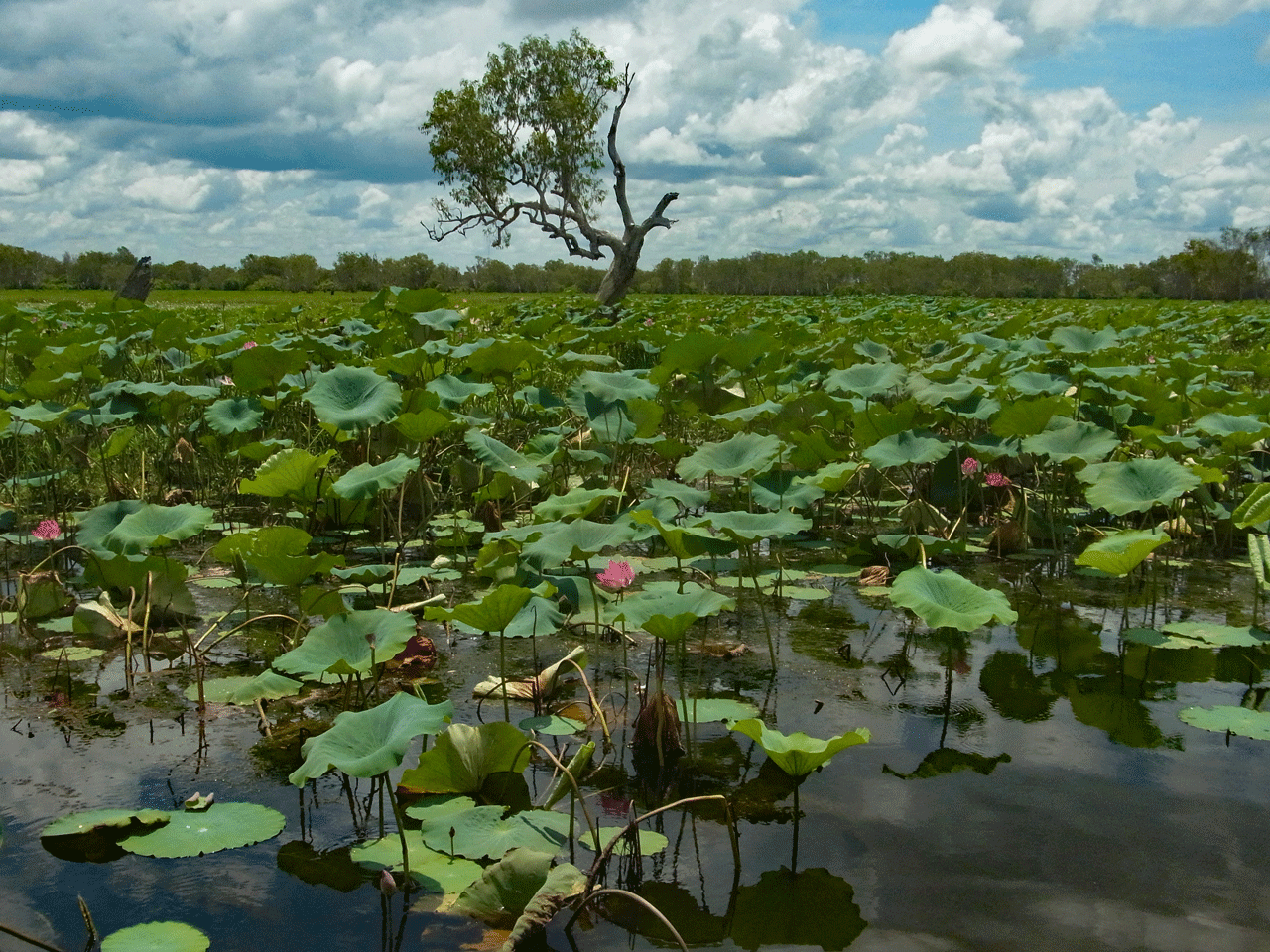
Green season in Kakadu National Park
Nowhere is the beauty of the wet season better seen than in the Northern Territory’s dual World Heritage-listed Kakadu National Park .
The indigenous folk know the monsoon season as “Gudjewg” a time of plenty when the heat and humidity generate a proliferation of plant and animal life. Other locals refer to December to March simply as “green season” and they’re surely not kidding. It’s green all right. Foliage shimmers. It has to be seen to be believed.
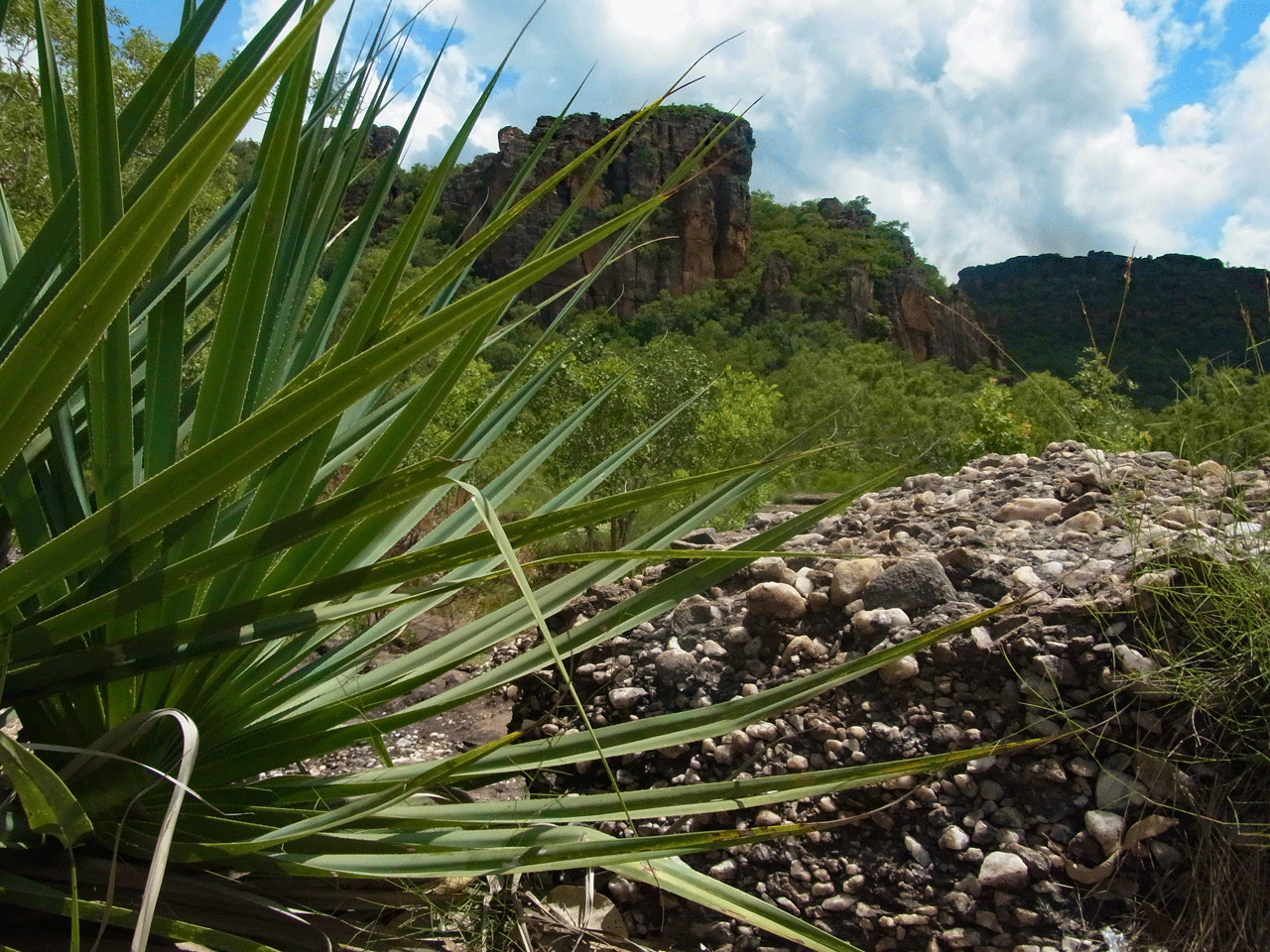
Take a tour
What you see in this most beautiful of national parks depends on time and transport. The last time we were there we were without our own vehicle, so a two-day tour seemed like a good option. There are many such tours, even in the wet season, and they range from one to four days and beyond. A tour has a number of advantages. Firstly, though it might be wet at that time of year, it is also very hot and humid. Expect to sweat up a storm. The 4WD bus was an air conditioned haven between explorations, and supplied the copious quantities of ice water that are absolutely essential if you want to avoid heat exhaustion. Secondly, our tour guide was knowledgeable about indigenous rock art and culture, and the park.
If you are staying in the park for more than a day – and I must say too much Kakadu is barely enough – there are a variety of accommodation options from budget up. Kakadu in the wet season is a really worthwhile experience and now is a good time to start planning your trip. Be prepared to be flexible – rivers can rise quickly after storms, making roads impassable. Luckily, there’s always something else to see. You’ll need a park pass which is valid for 14 days. You can buy them in the park visitor centre.
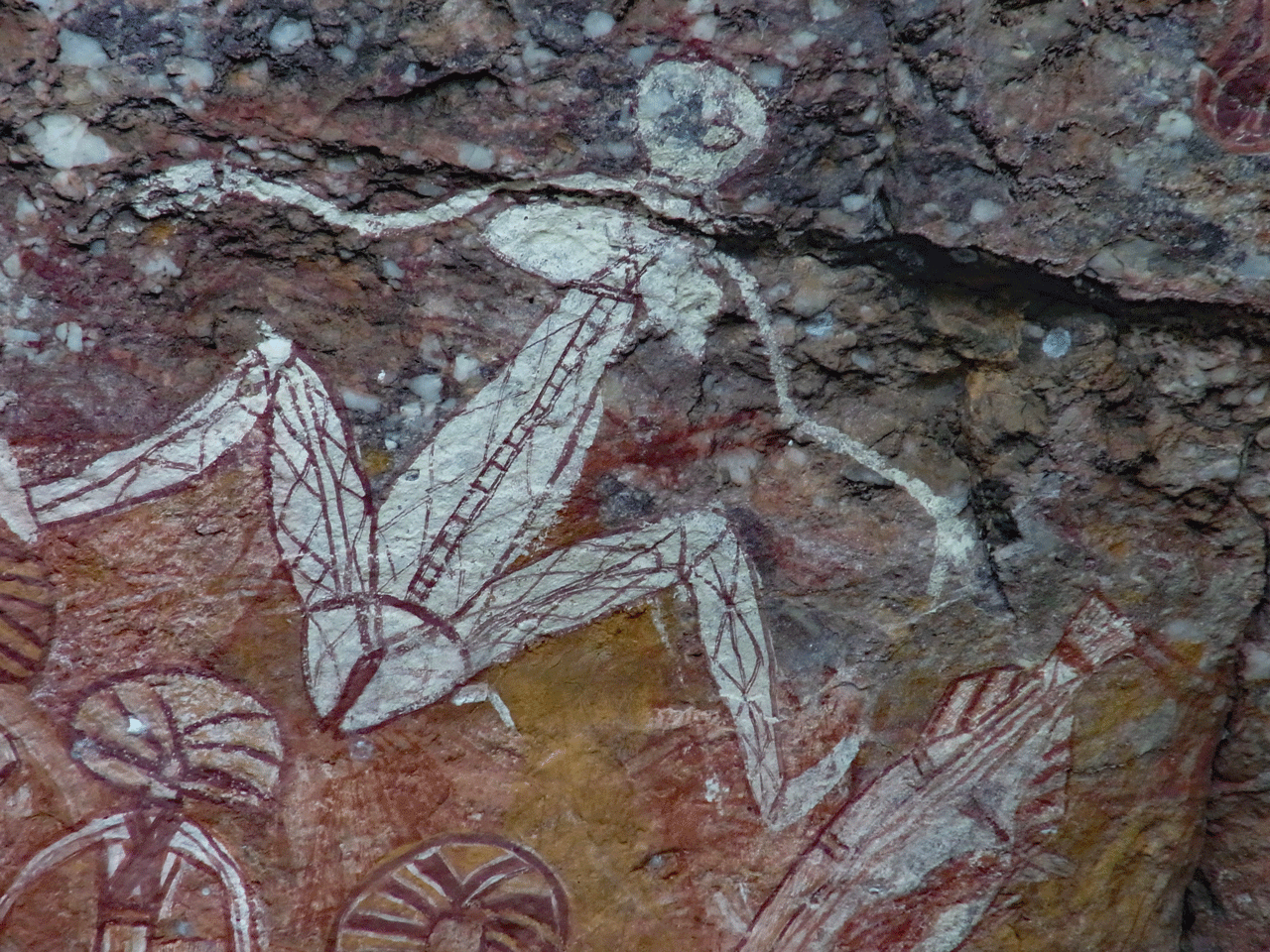
Things to see
Rock art galleries at Anbangbang and Nanguluwur give insight into the culture and mythology of the indigenous traditional owners of the area. Spectacular views of rugged sandstone cliffs and Arnhem Land Plateau can be seen from a variety of lookouts. You can cruise on the Yellow Water Billabong. Crocodiles swum slowly by. Eagles soared overhead. An afternoon storm brought cool relief. For nature lovers exquisite wildflowers abound in wet season Kakadu and the wildlife is abundant – many birds, insects and lizards – including the rare Mertens water monitor.
